About Us
WELCOME TO HatsFashion™!
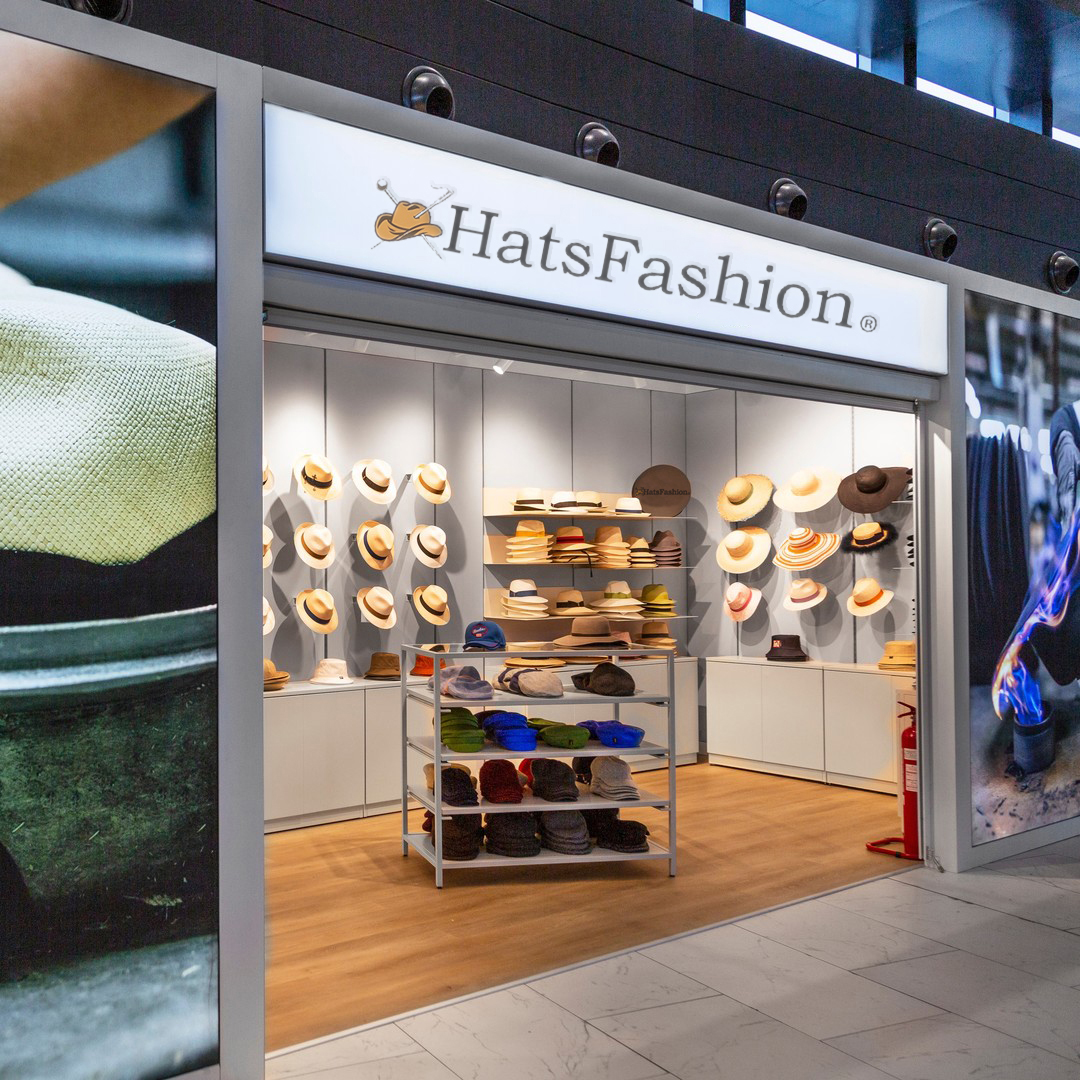
Our Vision
HatsFashion™ is the most complete, inspiring and affordable store with the best service, advice and fully tailored to the wishes and needs of our customer. Maximum customer satisfaction is our goal.
Our Values
Our business concept is based on 5 core values, so you always know what you can expect from HatsFashion™ :
- Dedicated always 100% customer driven
- Affordable
- Reliable: always the best service, quality and guarantee
- Being able to contribute to the upbringing of any home
- Always available, accessible 24/7

At HatsFashion.com, we are passionate about traditions and technology. For almost 15 years, we have been working with artisans who preserve the techniques and craftmanship of centuries-old indigenous cultures to create beautiful and unique hats that are sold around the world through modern technology.
THE BRAND: HatsFashion
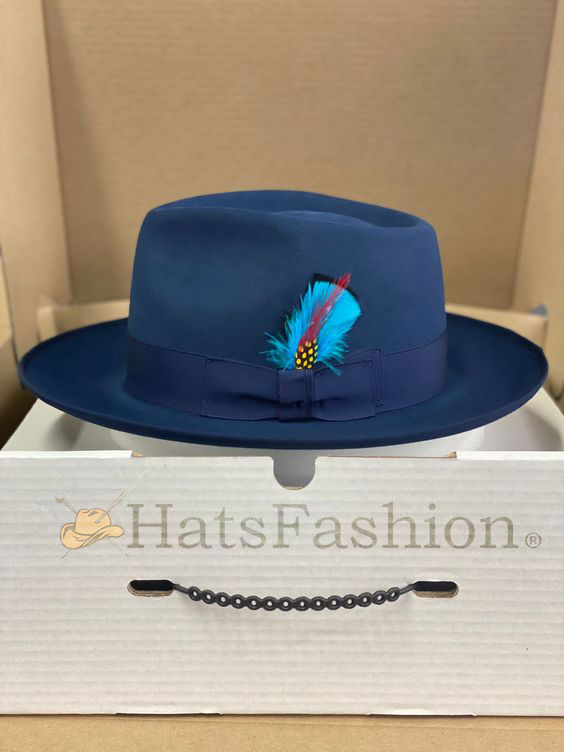
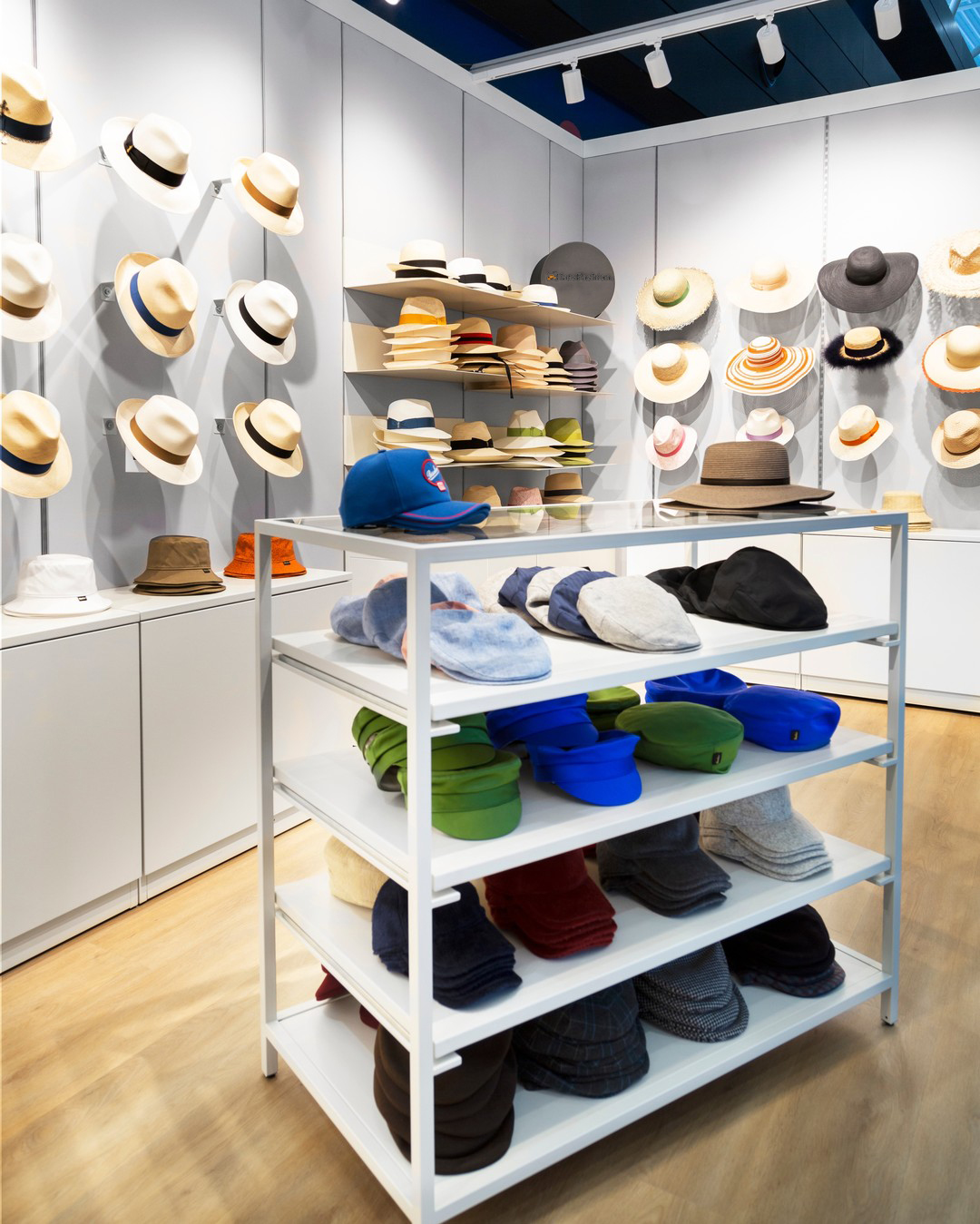
HatsFashion Hats represent a new style in classical hats with unique designs. Inspired by the renowned explorer and adventurer Pedro Sarmiento de HatsFashion, our hats are set apart by their elegant and exclusive designs, by the quality of the toquilla straw and by the image they project: classical elegance with an intrepid spirit.
QUALITY
Resulting from a combination between tradition and elegance, HatsFashion Hats are characterized by their exclusive designs and the focus on quality.
The toquilla straw used to make the hats is specially chosen using the most rigorous quality standards to give each hat a precise weave, a uniform blocking and an optimum finishing. The straw is collected mainly in the Costa and Oriente regions of Ecuador, in the Manabí, Guayas, Esmeraldas y Morona Santiago Provinces.
Our hats require a long and detailed weaving process (it may take over two months to weave a Grade 35 hat). As such, each HatsFashion Hat holds in itself the mystery of this unique craft, which in turn results in a unique and exclusive experience for our customers.
Both the weight and the texture of each hat attest to the outstanding quality of our hats. With the lightness of an ounce and the thin and subtle weaving of the straw, HatsFashion Hats, are a pleasure to the sight and to the touch.

OUR VALUES
- Integrity
- Fair Trade
- Focus on social impact
- Promote sustainability
- Always maintain an entrepreneurial spirit
- Passion for what we do
SOCIAL IMPACT
The HatsFashion model remains unique in Latin America. We offer over 500 products from hundreds of artisans in Ecuador, Bolivia and Peru, who have been able to export their products to over 100 countries around the world, increasing their production.
As a result, our artisans identify us as an organization that can provide them with something that no other consultant, assistance program, grant, or technical assistance can achieve: real markets and continuous growth.
What we do and why we do it.
(Who cares? is not an unreasonable response)
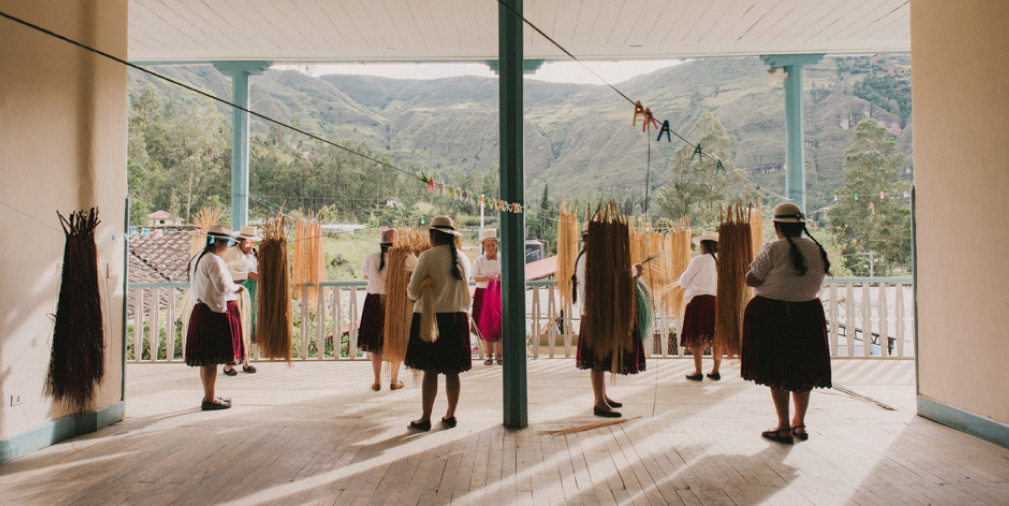
Why the Business Exists—The business was created in 1999 with the specific goal to prevent the impending extinction of the art of fine hat weaving in Montecristi.
Weavers, artisans, dealers, all told me that hat weaving was diminishing year by year. In 1986, author Tom Miller (The Panama Hat Trail) predicted the demise of fine hat weaving within twenty years.
I read the book, went to Montecristi, and fell in love with the hats. I figured that if people weren’t weaving as many hats as they used to, it was because people weren’t buying as many hats as they used to. If people would show up with stacks of money to buy hats, other people would show up with stacks of hats to exchange for the money. Simple. To save the art, I must buy lots of hats to increase the demand. If I buy lots of hats, I must also sell lots of hats. Hence, the business.
Hat Buying
Money Talks—How do we save the art of fine hat weaving? Simple. Buy as many hats as possible. Increased demand should result in increased supply.
If we want there to be hat weavers in ten years, then hat weavers now must earn more from weaving hats than they can earn by taking a different job. One hundred years ago, even fifty years ago, there simply were not any other ways to earn a living. Now there are.
Hat weavers must earn enough to enjoy a reasonable quality of life. Otherwise, no one will choose to be a hat weaver, now that there are jillions of other occupations to choose from.
Buying from Dealers—For the first fifteen years, I purchased hats only from the established dealers in Montecristi. I worked within the existing system. I learned that the existing system is the continuation of a century-old feudal mercantile system with weavers at the very bottom. The system was built upon the previous reality that weavers had no options, no other way to earn a living, so buyers made all the rules.
Even today, the person who buys a hat from the weaver—and drives it to Montecristi to sell to one of the dealers there—often earns more than the weaver! There was no established grading system, no apparent pricing system. There was a very loose correlation between price and quality.
A weaver did not necessarily earn more for a hat with 24 rows/inch than for one with 18 rows/inch. Year after year, the dealers refused to pay extra dollars for extra work, or for better work. Eventually, the weavers virtually stopped weaving larger size hats and hats with wide brims. The weavers learned to weave the least fine hats they could while still receiving the same pay. They wove slightly shorter hats. They favored small head sizes. They tried to weave faster, making more mistakes. They simply defended themselves as best they could against abusive market practices. You and I would do the same.
Year after year, I tried to persuade the dealers I worked with to change their business practices, to pay the weavers more. I stipulated I would pay more. I learned that paying more to the dealers was not the same as paying more to the weavers. To pay the weavers more, I must pay the weavers directly.
Understand that the dealers were not wealthy hat lords lighting cigars with hundred-dollar bills. But they did achieve an enviable middle class lifestyle out of reach of the weavers, and part of the methodology was to pay as little as possible and fairness be damned. They did not seem to see the bigger picture: they were putting themselves out of business by forcing weavers to look for other work. No weavers, no hats. No hats, no business.
Buying Directly from Weavers—When possible, I now buy directly from the weavers. To do that effectively, I became we. I now have two partners in Montecristi, Jorge and Diego, who are making good things happen. (Diego is now a contract fireman for a U.S. military base in Djibouti, but he will be back to help again.)
When we buy directly from weavers, we can be certain weavers actually receive the pay increases we believe are necessary to the survival of the art. And when we offer higher prices, other buyers are forced to offer higher prices also, to prevent us from just buying all the hats. As intended, the weavers are the primary beneficiaries of this change. My buying practices are more popular with weavers than with other buyers.
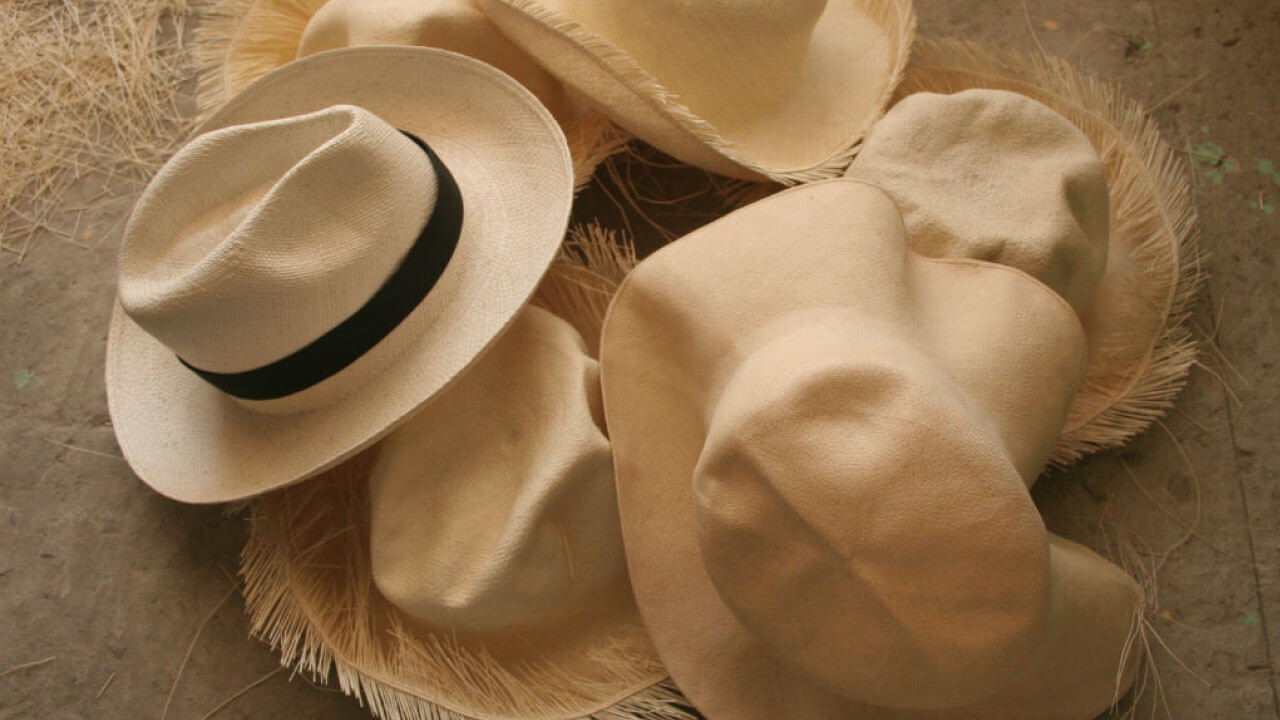
My accountant doesn’t understand my buying practices either. He never heard of a business trying to force up the prices it pays for its supply. Simple: by increasing prices now, I am trying to increase the likelihood that I (and the rest of the world) will still have a supply five years from now, ten years from now.
Pay More, Pay Extra—We pay weavers more than other buyers pay. We pay Montecristi artisans more than others pay. We pay the weavers extra for hats that are larger sizes, have wider brims, or both. We pay extra for finer hats, for better hats. If we want the weavers to work more hours, we pay them more dollars. The same with the artisans who finish the hats.
Organized System of Buying Prices—We decide how much to pay for a hat after we:
- count the weave,
- decide if the rows are straight and even,
- make sure there are no problems with the straw color, holes, damage, etc.
We also measure the size of the hat, the crown height, the brim width. All of these factors are considered when determining a price for the hat.
We use the same system for everyone. Sometimes we pay more than the weavers ask. (see related story) Sometimes we do not buy. We explain our prices and our reasons. No mysteries, no games, no gotcha. We do not try to get the best of them. They are not our adversaries; they are our heroes. In business terms: without them there is no business. For us to survive, they must survive. For us to flourish, they must flourish.
We want the weavers to understand the value of their hats, what makes one hat worth more than another, how to weave hats that will bring higher prices. We believe weavers will weave better hats if they understand exactly what “better” means, and exactly how much more it pays.
Unprecedented Sales Commissions for Weavers—We represent the very best weavers much like an art gallery represents painters. Even better. First, we pay the weavers higher-than-market prices to purchase their hats. Then, when the hats are sold, the weavers and other artisans also receive bonuses/commissions up to 40% of the sale price. One weaver has already received a check for one hat that was equal to what he used to earn in an entire year. A second weaver received a check for more than what he used to earn in two years.
Simón Espinal is now the highest paid weaver in history, just based on his base pay, before adding in his commissions.
Hey! I want some of that—We want weavers of the very finest hats to earn more than any weavers have ever earned. We want their standard of living to increase visibly. Weave better, live better.
If fine weaving is well rewarded, many will aspire to become fine weavers. When a kid from the inner city gets a big NBA contract, the playground hoops become more crowded. I’m trying to do something similar with hat weaving.
Discoverers of the Obvious—We simply do what seems to us to be obvious. Be fair. Extra pay for extra work. Better pay for better work. The very best artists must live well enough to inspire others to want to be the best. Montecristi hats should have a grading system so buyers and sellers can both understand and use the same system.
Supplies for Weavers
Forms for Weavers—Large size hats were no longer being woven. Weavers no longer even had wooden weaving forms in large sizes. In May 2006, we provided 70 free forms to weavers in Pile and Las Pampas. Mainly large sizes that no one had. Now weavers can fill the demand for large size hats. We do not place any restrictions on the use of our forms. The weavers may weave hats that they sell to someone else. We will do this as often as the special type of wood can be found, cured, and shaped. We pay more for larger size hats woven on these forms. We have more cured wood now, and more forms are being made.
Free Sulfur—The weavers have a constant need for sulfur powder. The tallos of soon-to-be straw, the prepared straw, and the hats are all smoked with burning sulfur to kill off any fungus that might turn the straw black. We now provide, free of charge, two types of sulfur powder to the weavers of Pile. Pure sulfur and a weaker, diluted powder that is part sulfur and part other stuff. Each type works for a different purpose, a different phase of production. This program is working very well and is extremely popular.
Free Straw? We are trying to find a good straw maker we can pay to harvest cogollos and prepare straw for weavers. For weavers who now prepare their own straw, this will leave them more time to weave. Preparing the straw is a time-consuming process.¹, ² For those weavers who purchase straw already prepared, we will save them the cost of the straw and leave them with more money for food and clothing. We are still in the beginning stages of this project.

